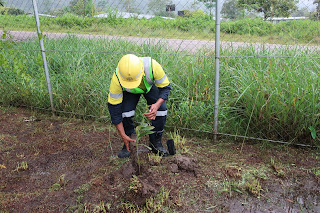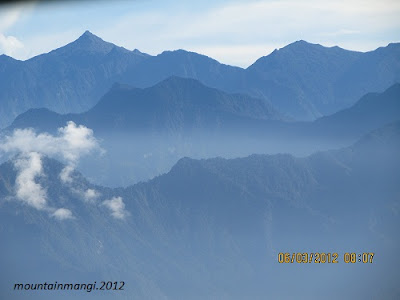Reflection on 5th June 2021
World Environment Day, this year 2021 marks the 49th
year of commemoration, with the theme “Ecosystem Restoration” since its
inception in 1972. The theme, perhaps a synopsis of the previous 48 themes, and
timely when we (humans) are highly driven to improve our standards without
realising the stress we are imposing on the natural environment in this quest.
Global Warming, Climate Change, Changing Weather Patterns
and the increasing frequency of Catastrophic Natural Events around the world in
the Anthropocene are indications of a stressed Global Ecosystem as a result
from accumulating anthropogenic pollutions since human incursion.
Outbreaks of zoonotic diseases (disease transmitted from
animals to humans) in the recent past, including the current COVID pandemic may
be a warning of a forthcoming pandemic that will be worse than COVID-19 if the level
of stress we currently have on the environment is not improved. Development of
vaccines (covid vacine) and treatments are temporary controls that cannot prevent
another pandemic, but buy us time to address the underlying issue.
The global effects of COVID-19, reveals our vulnerability,
and demonstrate that human beings can be grounded, more so end if Mother Nature
retaliate. When we still have time, let’s reconsider our actions and reduce
some pressure we are imposing on Mother Nature. We can do that individually,
little efforts collectively can lead to transformation for the better.
Leave Wildlife alone, Promote Biodiversity, Avoid Pollution
and Practice
Sustainable Use of Natural Resources. Be mindful of our remaining
forest and replenish what we remove, plant a tree if we cannot invent oxygen
producing machines to meet the global oxygen demand.
We have only one earth, and cannot migrate to another. Let’s
make our planet harmonious for all creations to dwell and enjoy, for now and
the future.
BI.





